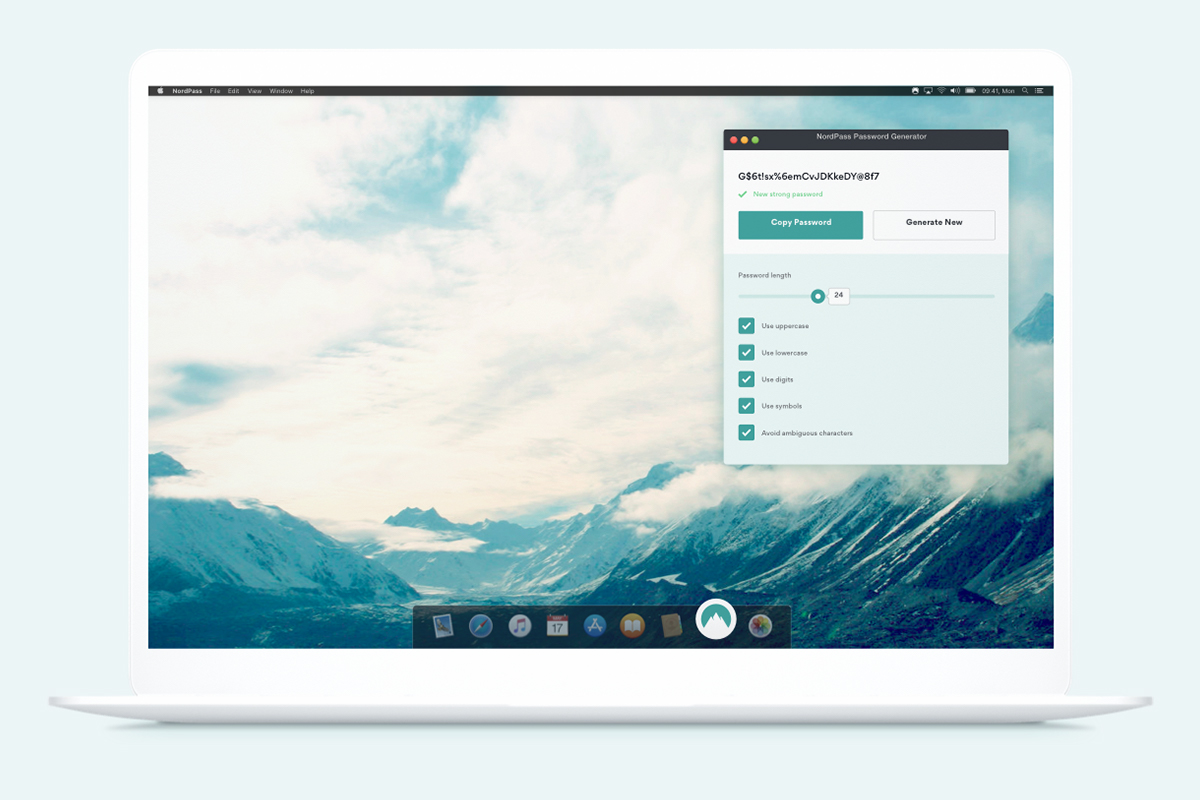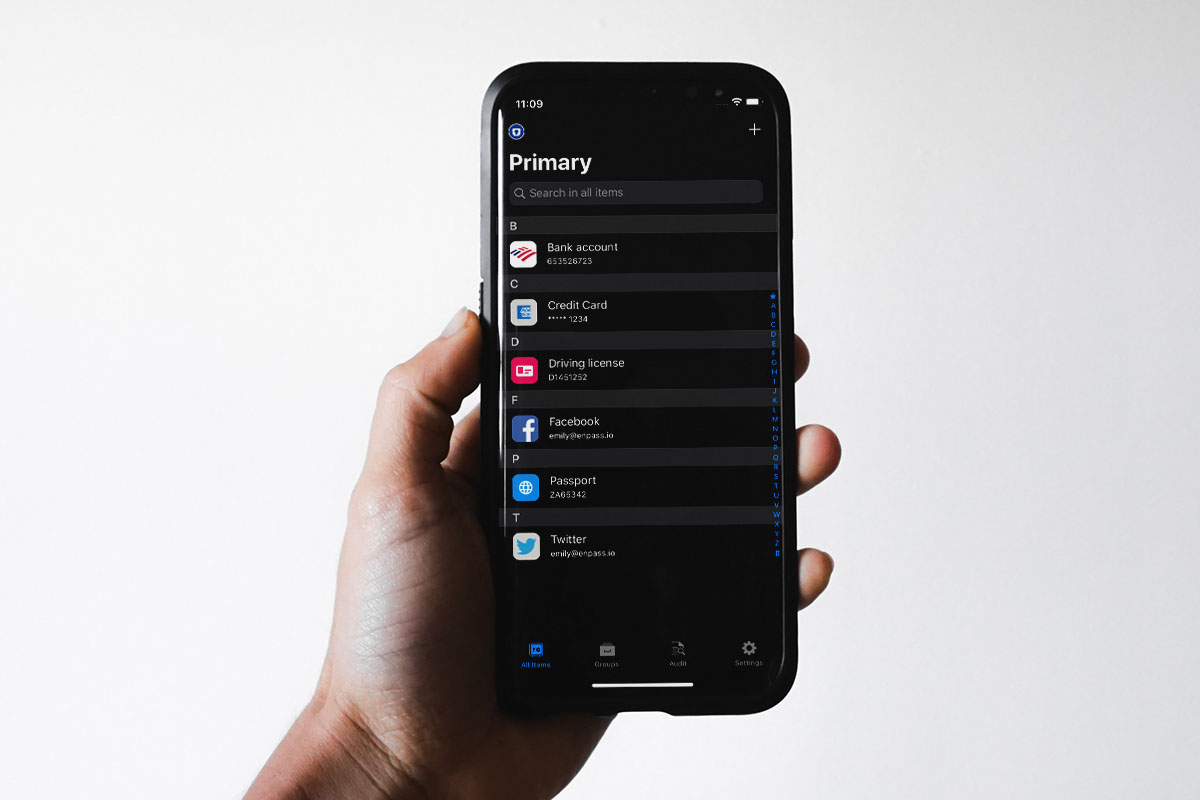We are just about a month and a half into 2021, enjoying our iPhone 12, and we are already being greeted by some promising leaks for the next generation of iPhone, the iPhone 13, or the iPhone 12S, whatever it ends up being called. A bunch of information has recently popped up from various sources giving us an insight as to what all can we expect from Apple this year. Like most leaks and speculated information, these may or may not end up in the final product(s), so take this with a pinch of salt.
The ‘exclusive’ information has been shared by Max Weinbach in a video by EverythingApplePro, known for its fairly accurate leaks around Apple products. In terms of design, the new iPhone 13 Pro models are going to retain most of the design elements from the iPhone 12 series, but with a more refined matte finish at the back, which could feel soft just like the Google Pixel. The iPhone 13/12S Pro models are also confirmed to feature 120Hz LTPO displays, something which was expected to arrive on the iPhone 12 series, but for some reason didn’t materialize. The new iPhones are also expected to come with a new Always-On Display feature which would be similar to the Apple Watch Series 5 and 6. It is expected to offer very minimal customizations with the clock and battery status remaining visible at all times. For incoming notifications, only a small part of the screen would light up rather than the entire display.
“Always-On Display will have minimal customizability. The current design basically looks like a toned-down lockscreen. Clock and battery charge is always visible. Notifications seem to be displayed using a bar and icons. Upon receiving, the notification will pop up normally except that the screen will not entirely light up. Instead, it will display it just like you’re used to right now, except dimmed down and only temporarily.”
The new iPhone 13 series is also expected to include stronger magnets for MagSafe, which should make compatible chargers and other accessories attach to the phone much more securely. The new iPhones could also be slightly thicker, although there is no discernible reason so far. Also, the notch might be shorter this year but could have the same width as the current-gen iPhones. There won’t be an in-display fingerprint scanner this year as well — so if you’re still waiting on Touch ID to compensate for the inefficacy of Face ID in this COVID-induced mask-dominated reality, you shouldn’t be holding your breath for this year.
A very interesting feature that Apple is said to be working on is a new night mode for the camera which would be similar to the Pixel’s Astrophotography mode. Once the camera is pointed at the night sky, the iPhone would scan for certain artifacts like the stars or the moon, and take a decision on enabling this mode automatically. Also, expect options for long exposure times.
There is also a possibility that Apple will offer similar telephoto cameras on the new iPhone Pro and Pro Max, which is not the case on the iPhone 12 series. So, expect 65mm lenses with an f/2.2 aperture. We can also expect Portrait Video on the upcoming iPhone series where it will be a single-mode and will offer the ability to change the depth of field in post-processing. The entire iPhone 13 lineup is also expected to include a new ultra-wide camera with an improved sensor and a 6P lens. It won’t be as good as the other cameras in terms of quality, but Apple is expected to reduce the overall gap. The same has been confirmed by popular Apple analyst Ming-Chi Kuo as well as two analysts from Barclays, so there is a great deal of confidence behind this rumor.
Another piece of information coming from Kuo is that the new iPhone will make use of a vapor cooling chamber system to hopefully offer better cooling on the inside. There is also a rumor that Apple might finally offer the ability to use your iPhone to unlock your Tesla car using the inbuilt U1 chip. We first saw this chip on the iPhone 11 in 2019. Oh and lastly, Jon Prosser who also a well-known tipster suggests that the iPhone 13 could in fact be called iPhone 12s, which is odd since we didn’t see the iPhone 11s.
Check out all the information shared by EverythingApplePro in the video below:
The post Apple iPhone 13 expected to feature Always-On Display, along with 120Hz refresh rate appeared first on xda-developers.
from xda-developers https://ift.tt/2LTjubA
via IFTTT












